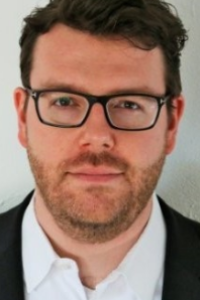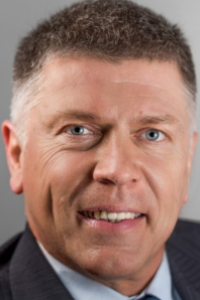Seezer – the Seeing Tweezers
As all kinds of devices are becoming smaller and smaller, so are their constituent parts. Examples can be found in consumer electronics such as smartphones, in medical technology such as surgical robots, and in many other fields. Given the size and fragility of many of these parts, handling and assembling them is highly challenging. This issue is particularly pronounced in the case of flexible parts, such as electrical wires. Many such devices are thus still assembled by hand, both in prototyping and serial production.
We develop a novel type of gripper, with the aim to provide a reliable solution for automated and teleoperated handling and assembly of fragile miniature parts. It combines a 3D-printed, zero-backlash gripper with a miniature camera positioned between the fingers. This camera allows objects to be viewed in front of and inside the gripper. Objects can thus be approached precisely and examined after gripping - for example for quality control, visual servoing, or to recognize the orientation of the object before it is placed. The camera also records the deformation of the fingers via the positions of optical markers integrated in the structure, which can be used to determine the current gripping force - up to the single-digit millinewton range, depending on the gripper shape.
The Seezer is designed with adaptability and flexibility in mind. Grippers with different finger geometries and varying numbers of fingers can be designed fitting specific applications and part geometries. Grippers can automatically be exchanged during operation by only the main motor, without the need for additional actuation of a coupling mechanism. This allows for the use of disposable, low-cost grippers in clean or even sterile environments.
We currently work on optimizing gripper design and fabrication process to increase structural robustness and on improving force estimation quality. We are moreover investigating miniaturization of the Seezer to explore further application fields requiring smaller-sized manipulators.
Project leader: Cédric Duverney
Collaborator: Brütsch Elektronik AG
Ongoing
Completed
- Internship: Structural analysis of a miniature parallel robot for precise milling in surgery
- Master Thesis: Augmenting a custom haptic input device handle with force feedback for intuitive grasping
- Master Thesis: Manipulating the micro-world - design and fabrication of a small-scale force-sensitive gripping device
- Bachelor Thesis: Real-time visual feature recognition and metrology for mechanical micro-Parts
- Semester Project: Conception, implementation, and evaluation of a virtual simulation environment for a teleoperation user console
- Master Thesis: Switching tools on the fly - design and fabrication of a small-scale tool changing system for a miniature robot arm
- Master Thesis: Development and evaluation of a virtual simulation environment for a visuo-haptic user console (PDF, 957.18 KB)
- Master Thesis: Development and evaluation of a visual feature recognition framework for a robotic assembly system
- Semester Project: Testing usability of surgeon input mappings with an externally tracked VR headset to display an endoscopic camera image (PDF, 2.39 MB)
- Master Thesis: Testing usability for different surgeon input mappings in VR to move a robot mounted neuroendoscope (PDF, 2.38 MB)
- Master Thesis: Development of a multipurpose user console for visuo-haptic interaction (PDF, 1.02 MB)






